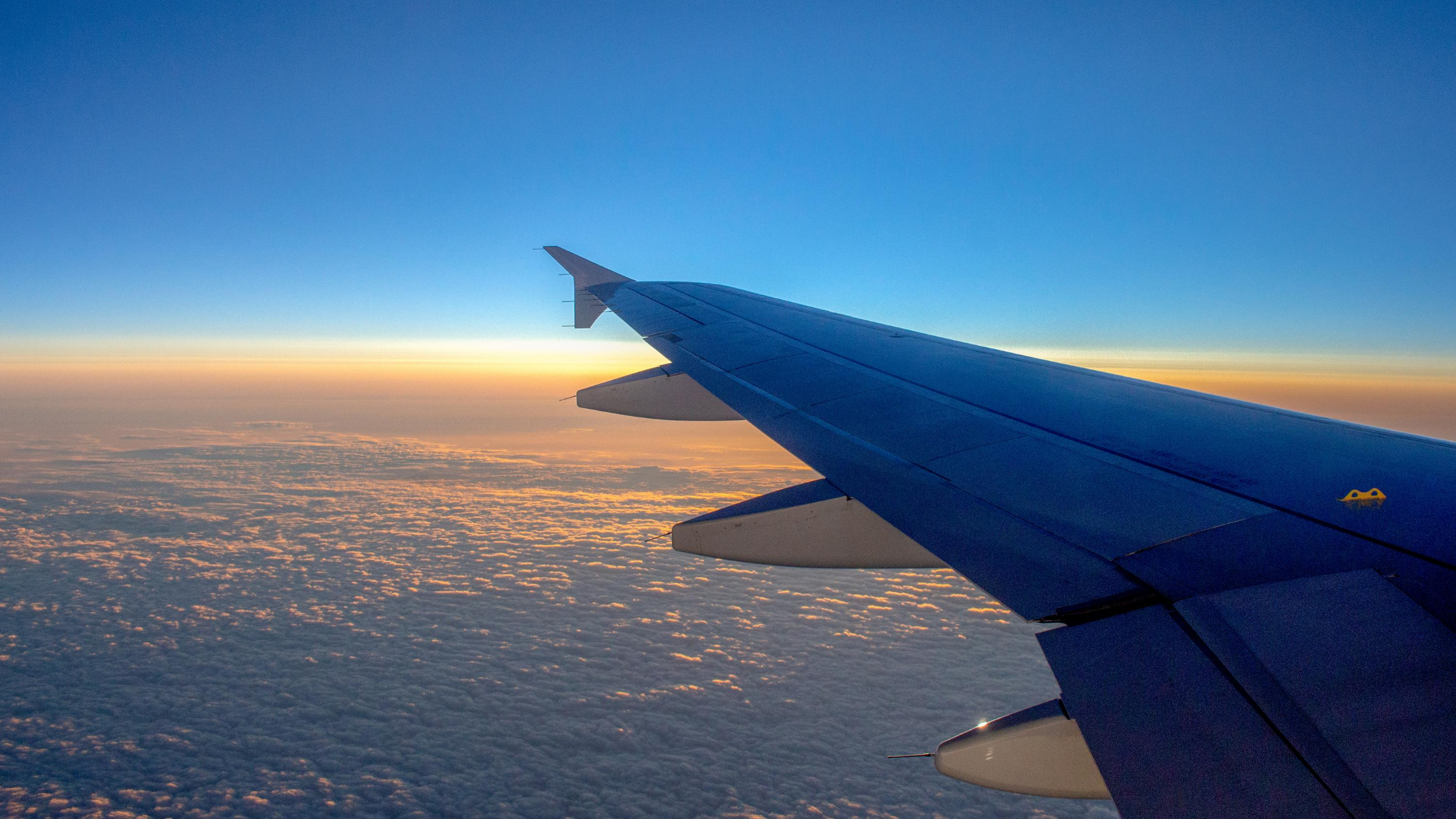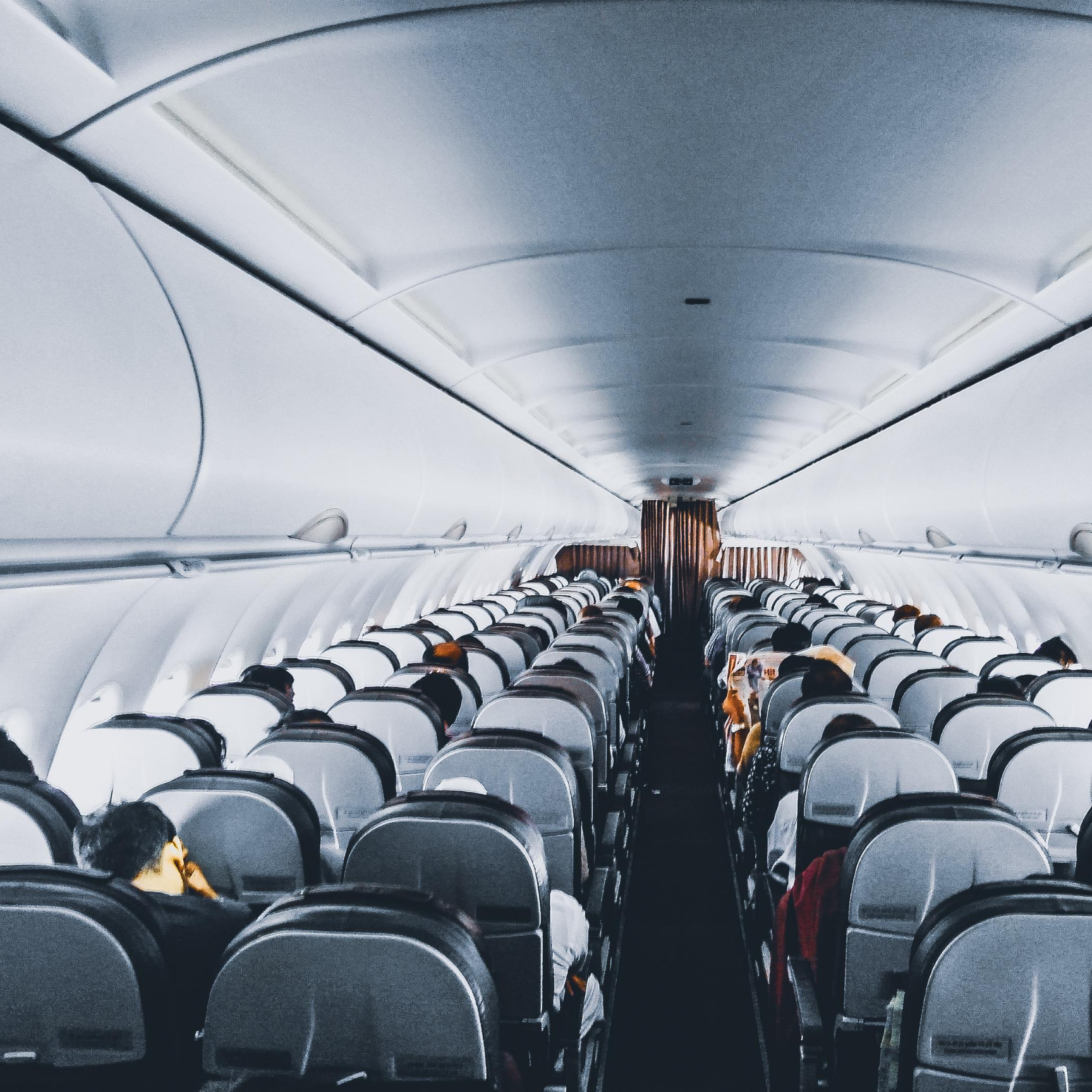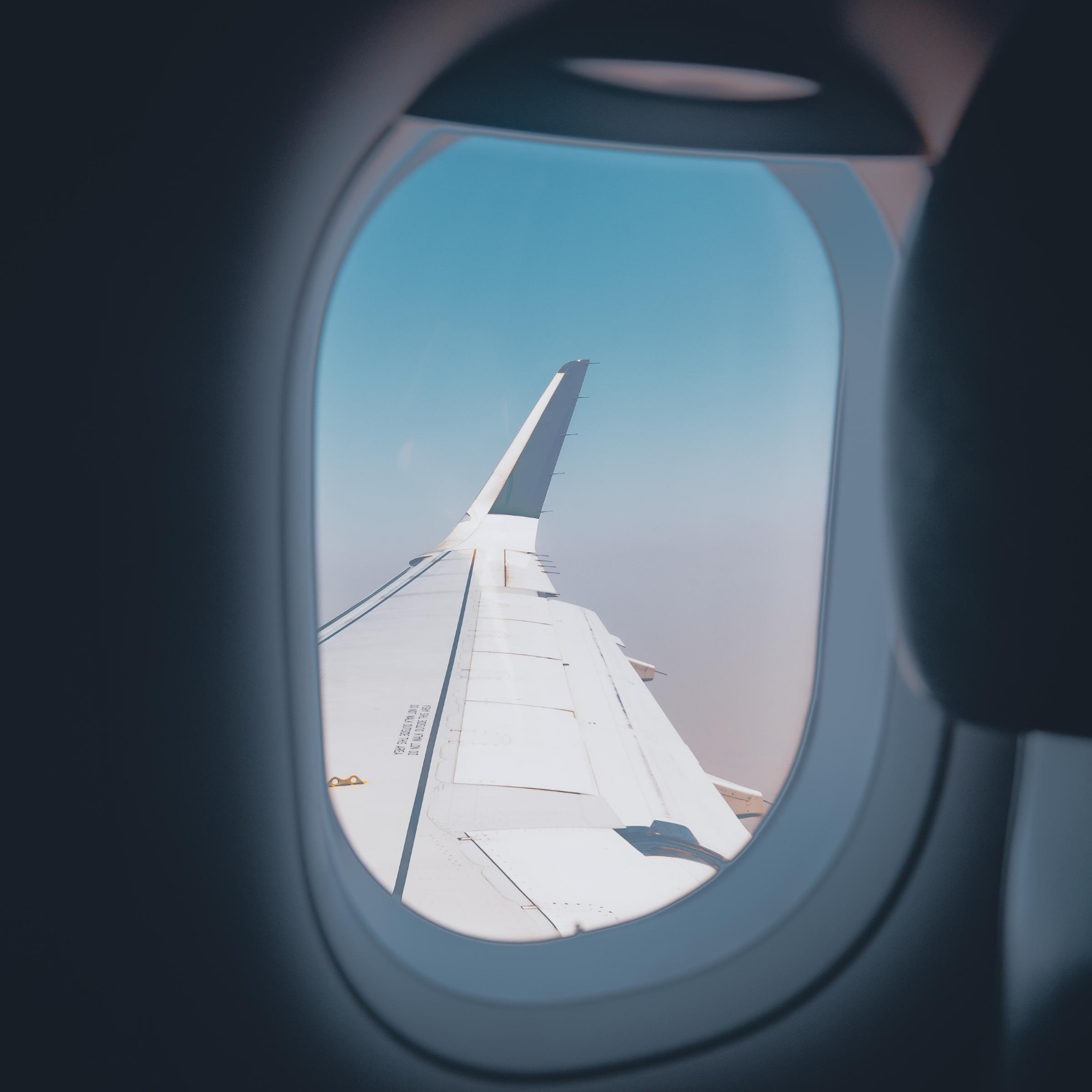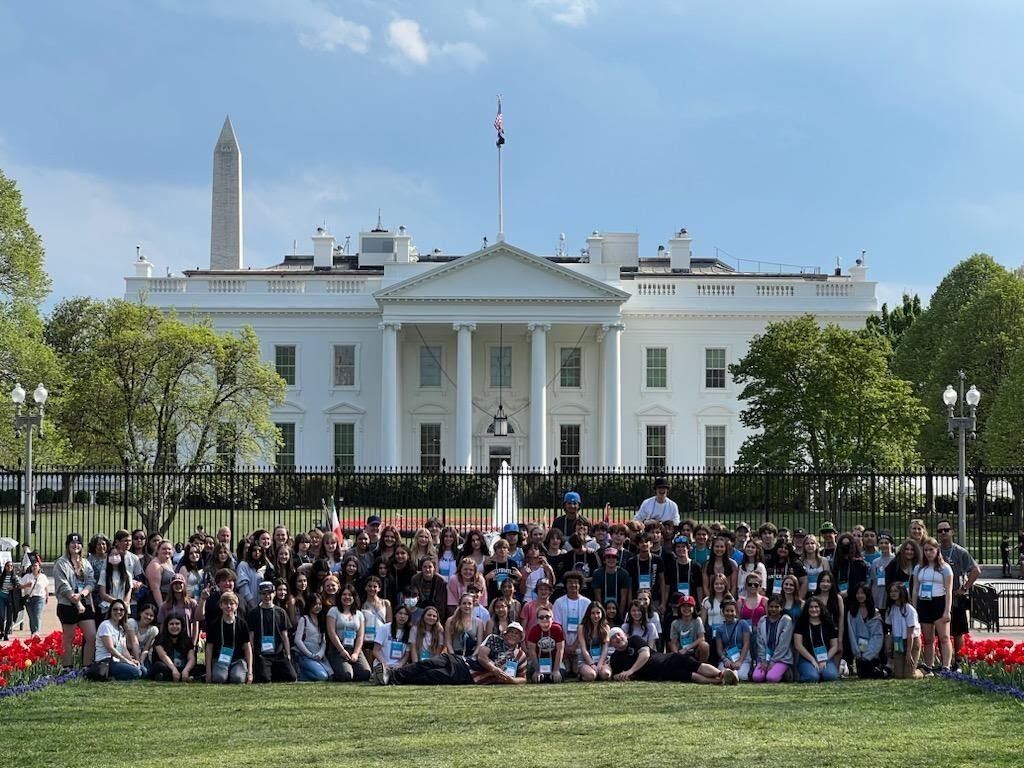4 Tips to Help Students Overcome the Fear of Flying

For most students, embarking on a school-sanctioned class trip is an exciting, once-in-a-lifetime experience. But for a few, it can be a source of great anxiety. The biggest cause of that anxiety is most often the fear of flying.
And they are not alone.
According to the National Institute of Mental Health, between 2.5-6.5% of Americans have a fear of flying. And while having fears is completely normal, we don’t want these phobias to result in students not participating in the group travel experience.
So we’ve compiled a list of FOUR tips for trip leaders to help our students work through their fears of flying.
1. Distraction

If the plane hits a bumpy patch during a flight, the natural instinct is to grip a seat or tense up. But reacting like that is the same as telling the brain that we’re in a dangerous situation, which will only feed the fear. Instead, your best bet is to distract the anxious flier.
Captain Ron Nielsen, a pilot in the US, runs courses designed to help people conquer a fear of flying. He suggests that students and trip leaders should travel with pen and paper. If there happens to be a bit of turbulence, he suggests repeatedly writing your name with your non-dominant hand. When explaining this tip on the Today Show in 2017, he said,
“It first causes her to focus extra-hard on what she’s doing, because she doesn’t normally write with her other hand… and not on the turbulence…. it’s actually crossing over her motor function in her brain, using the other side of her brain from what she would normally do. We’re disrupting the thinking.”
Otherwise, electronic devices, books, word puzzles, and adult coloring books can be an excellent source of distraction for anxious fliers. Talk to students ahead of time about the importance of thoughtfully planning what they bring on the flight.
And it wouldn’t be a bad idea to pack a few extra word games in your carry-on.
2. Explain Turbulence
One of the most common causes of anxiety during flight is turbulence. What causes it? Is something wrong with the plane? It’s easy to let our anxieties spiral out of control when we don’t know what we’re dealing with. First and foremost, make sure your students know that turbulence is completely normal. Travel & Leisure explains turbulence this way:
“Airplanes travel on wind flow. Most of the time it’s smooth, making for an easy flight. However sometimes the smooth air turns choppy—think waves on an ocean—causing the plane to rise, fall, and sway as it makes its way across the sky.”
Even though turbulence feels scary, planes are built to withstand massive amounts of it. It’s widely known that passengers will likely feel fewer bumps towards the front of the plane. So if you have the option, sit any anxious fliers near the front of the plane.
3. Visualize

“[Prepare] passengers for a flight with a visualization exercise. Get someone to describe the positive flying experience that you are about to have out loud. At the same time, imagine yourself walking through the airport, boarding the plane, finding a seat, and then enjoying a book, film, or conversation on board, until you land safely.”
And this can be done ahead of time, too. Have any nervous fliers start visualizing the process of going through the airport security, boarding the plane, etc. ahead of time to help quell their fears.
Others have found the car metaphor a helpful visualization technique: imagine yourself driving in a car. All roads have small bumps along the way, which rarely cause us fear. The same goes for air travel. Turbulence is just like small bumps in the road.
4. Learn the Facts
And if all else fails, it’s great for trip leaders to be equipped with these fast facts about the safety of air travel:
- Wings will never snap off.
- Engine failure will never result in a plane “plummeting” from the sky.
- All planes can fly with one engine, and if both engines cut out, an aircraft at cruising altitude can glide for 70 miles before it needs to land.
- Planes are designed to be struck by lightning, and they regularly are hit! It’s estimated lightning strikes each aircraft once a year, or once per every 1,000 hours of flight time. But lightning has not resulted in a plane crash since the 1960s.
Air travel continues to be the safest mode of transportation. And while there are reports that airplane turbulence is increasing, it is a normal part of flying and not a cause for concern – and should certainly not be a reason why any student stays behind from a group trip.


